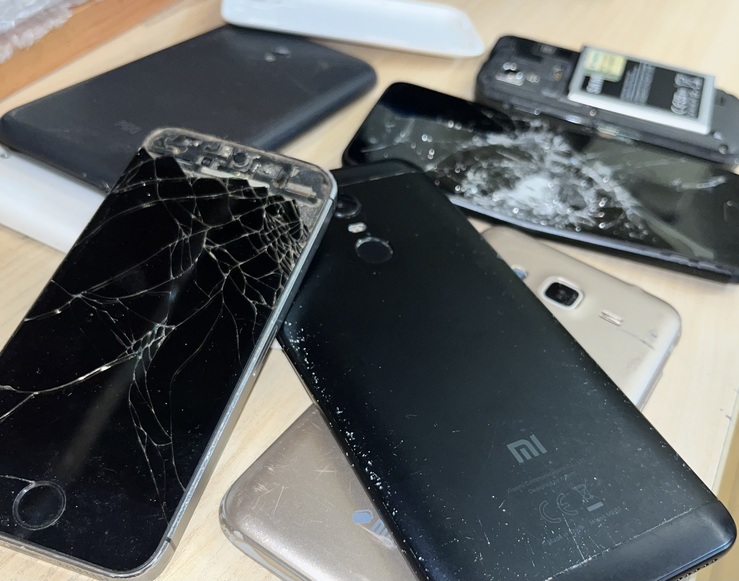Some mobile phone manufacturers do not guarantee that their devices will work properly in cold weather, while others claim that their phones can function smoothly even in extreme cold such as -20 degrees Celsius. So which of these phones are more resilient to winter conditions, and which ones are better left outdoors during the cold season?
"Apple specifies that its iPhone products can only be used at temperatures below 0 degrees Celsius. In other words, iPhone owners who want to use their phone in the cold must be prepared to face potential malfunctions and take full responsibility for any problems that may arise, as the manufacturer's warranties will not apply.
"HTC and Nokia do not provide specific temperature requirements for the use of their phones. Samsung, meanwhile, guarantees that its phones will work even in extreme cold down to -20 degrees.
Why do phones switch off in the cold?
Phones switch off in the cold because they realise that the battery is low, even when it is fully charged.
This is due to chemical reactions that take place in batteries. The electric current used by phones is generated by the movement of electrons. The speed of this movement depends on the temperature: the colder it is, the slower this reaction is, which means that the battery produces a lower electrical voltage.
The typical electrical voltage of a lithium-ion battery is 3.7 volts, but it actually ranges from 2.7 volts (when the battery is almost empty) to 4.2 volts (when the battery is fully charged).
At lower temperatures, this voltage drops sharply. This causes the phone to realise that the battery is low and switch off.
Why do screens perform worse in the cold?
Liquid crystal displays (LCDs) consist of several layers. The liquid crystals are sandwiched between a polarising filter and electrodes. The transistors that drive these crystals are located behind the display.
As the temperature drops, the liquid crystals gradually become harder and turn into "viscous" crystals. As a result, the colours of the pixels on the screen change more slowly. When the temperature drops dramatically, they slow down to the point where the screen appears to be running slowly and the image becomes fainter.
"Amoled displays do not use liquid crystals. Instead, colours are generated using organic LEDs. For this reason, Amoled displays work better in the colder seasons.

